This work is not the result of an extensive lexicographic project. If it were, more attention would have been given to certain types of data such as floral and faunal identifications. For
better or worse, with whatever lacunae, it represents instead data collected over many years of hearing and speaking the Nanwang Puyuma dialect with emphasis on the sorts of intimate details of
everyday (and night) speech not ordinarily accessible to outsiders. Li & Tsuchida (2006:2) aptly note in their dictionary of another Formosan language that: ‘Kavalan is still an actively
spoken language. As a result, it seems there is no end to what we can add to the Dictionary. We can always find a few new lexical items, forms, and examples on each field trip.’ This
observation is particularly apposite for Nanwang Puyuma, where speakers admit they enjoy playing with words. As they say, sagar-ta parbua Da ngai ‘we love creating new words’, and misasa na
Taw, sasaya tu-ngai ‘each person has his own words’.


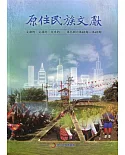
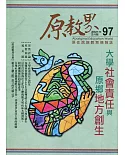

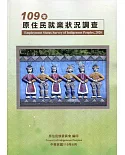
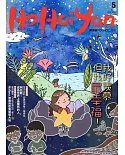
![pokavole tatopodhaolaeni, okavole ’i takasokolro’o vaha[精裝]](https://www.books.com.tw/image/getImage?i=https%3A%2F%2Fwww.books.com.tw%2Fimg%2F001%2F090%2F30%2F0010903018.jpg&width=125&height=155)
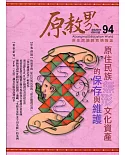

![《天涯比鄰.盛情「南」卻》南島語族篇(上下不分售)[軟精裝]](https://www.books.com.tw/image/getImage?i=https%3A%2F%2Fwww.books.com.tw%2Fimg%2F001%2F091%2F18%2F0010911832.jpg&width=125&height=155)
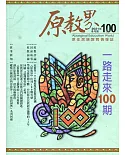
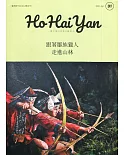
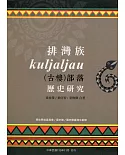
![Lmuhuw語典 : 泰雅族口述傳統重要語彙匯編(2本合售)[盒裝]](https://www.books.com.tw/image/getImage?i=https%3A%2F%2Fwww.books.com.tw%2Fimg%2F001%2F091%2F43%2F0010914334.jpg&width=125&height=155)
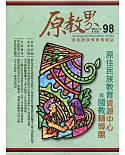
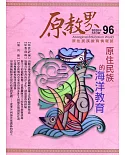
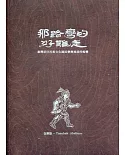
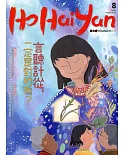
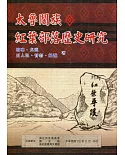

![原住民族文獻第十輯(第46期~第49期)[軟精裝]](https://www.books.com.tw/image/getImage?i=https%3A%2F%2Fwww.books.com.tw%2Fimg%2F001%2F091%2F43%2F0010914335.jpg&width=125&height=155)